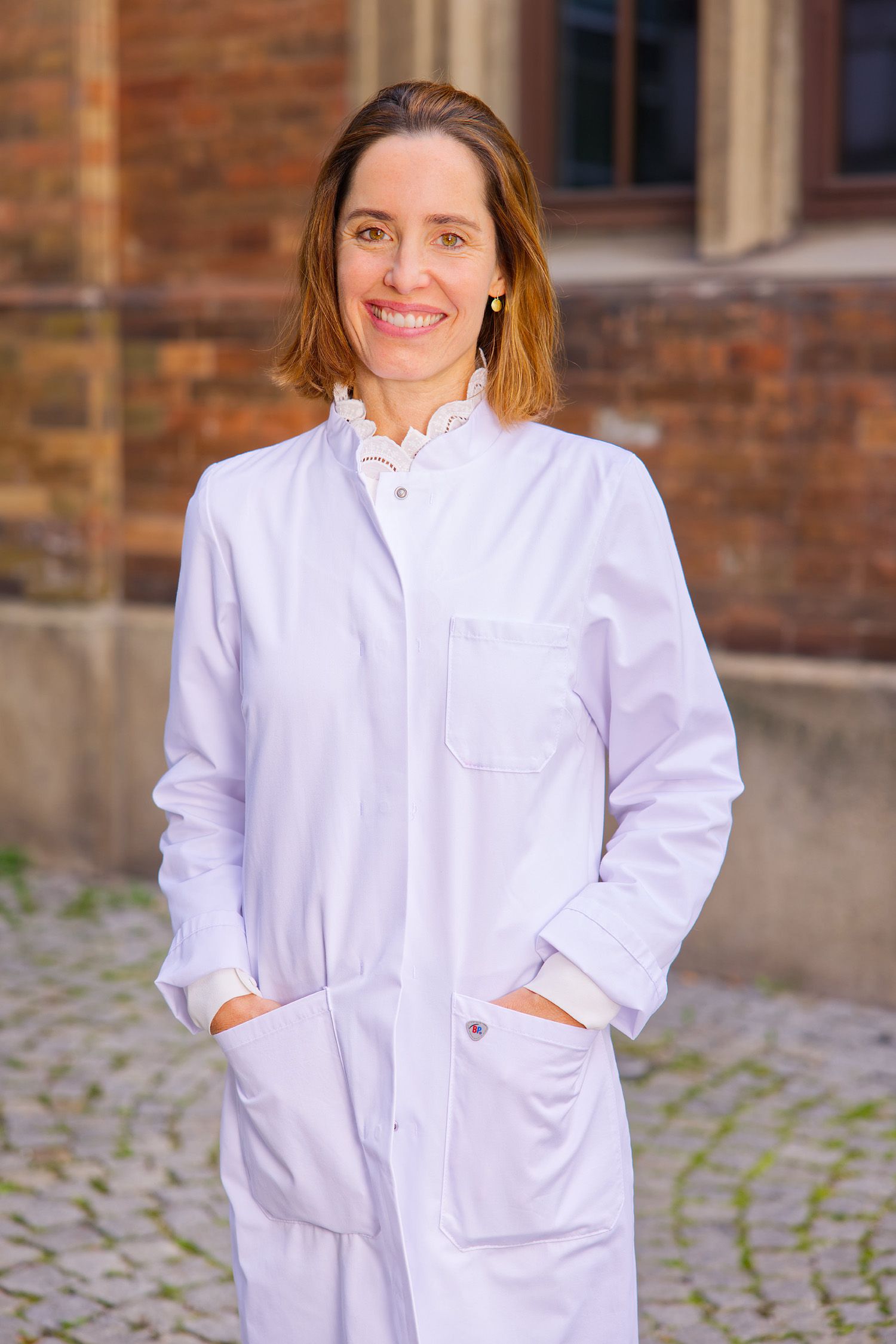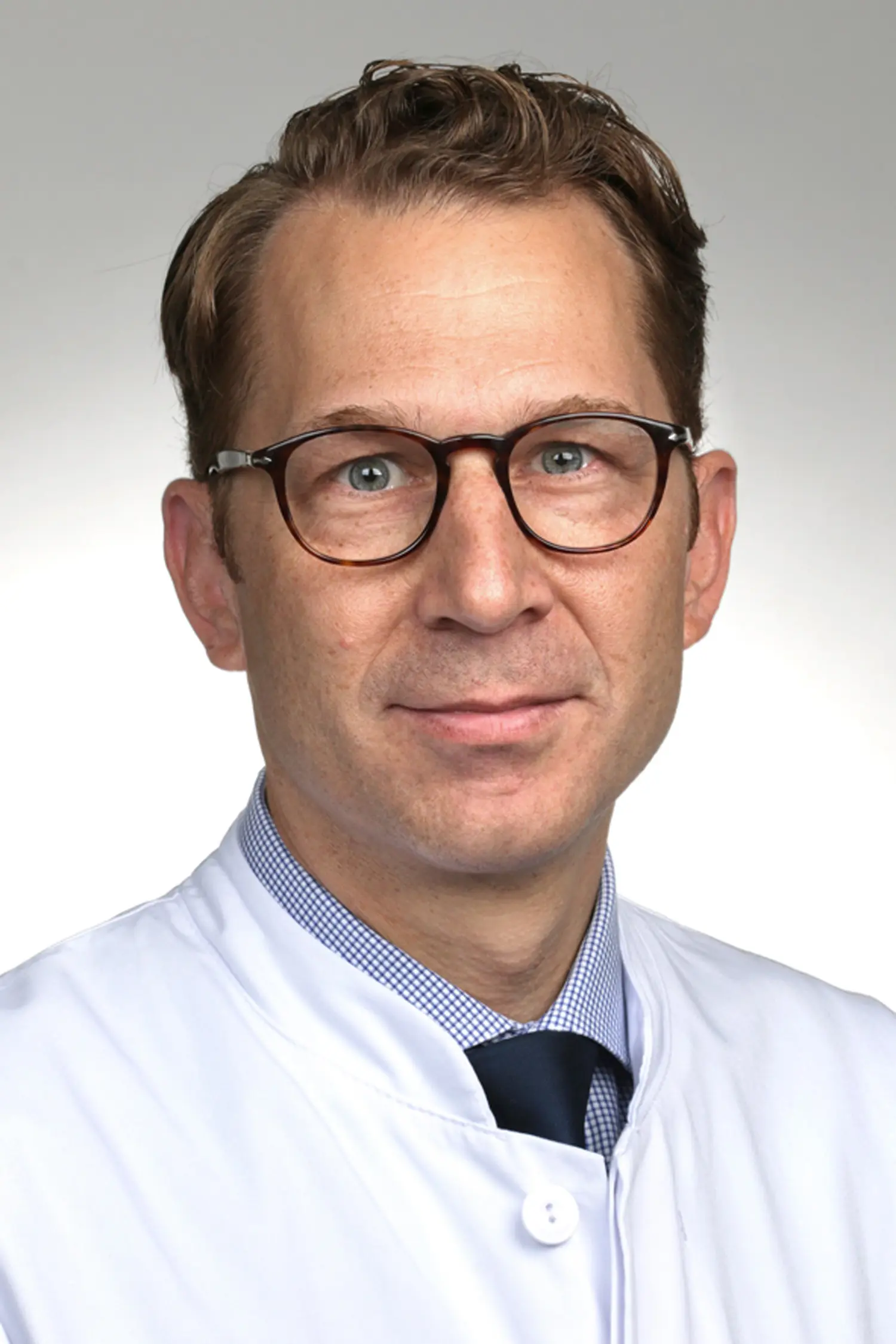How many patients approach you each year wishing to undergo gender reassignment surgery? Has the number increased?
Each year, about 130 patients contact me, of which around 110 undergo surgery. The number has increased significantly in recent years. This is mainly because the social environment today is much more supportive. Many trans people receive more support from family and friends and also experience more legal and social recognition. As a result, significantly more people dare to express their wishes openly and seek medical help.
Are there more men or more women?
In my area, it’s almost balanced. This is because I perform many facial surgical procedures, but also body-contouring operations like breast augmentation, breast reduction, or body contouring.
Gender-specific differences in needs
Do the needs of trans men and trans women differ?
Yes, the priorities are different. For trans women, that is, people transitioning from male to female, facial procedures are more often the focus. For trans men, physical changes are often equally relevant or even dominating.
This is also related to hormone therapy: Testosterone in trans men leads to significant changes in the facial area, such as increased hair growth, hair loss, thinner skin, and a significant reduction in subcutaneous fat—making the face appear more masculine quickly. Estrogens, on the other hand, cause significantly fewer structural changes in the face of trans women, which is why more surgical measures are often needed here.
Age structure: From young adults to late bloomers
What is the average age of the patients?
It's hard to give an exact average, but in recent years, more and more younger patients are coming in. Most start around the age of 17, though I generally think it would be beneficial for the process to start even earlier, as hormonal care before puberty could reduce many later surgical interventions.
The largest group is between 20 and 35 years old, with 35 being considered rather late from a surgical perspective – although personal life circumstances often play a decisive role. Beyond that, there are also patients over 60 years old. Many of them have already started families, raised children, and led quite normal social lives, but never lived their true self. They are catching up on that in older age. After the surgery, these patients are generally much more stable, satisfied, and can finally live their identity freely.
Male-to-female: Complex facial feminization in nine steps
What does the male-to-female surgery entail and how long does it usually take?
This surgery is very complex and involves several structural areas of the face:













